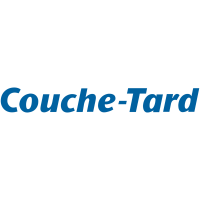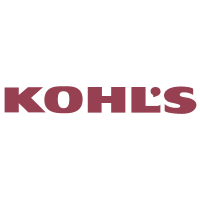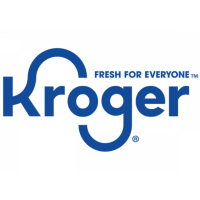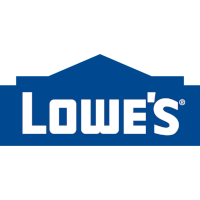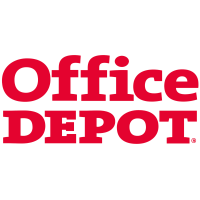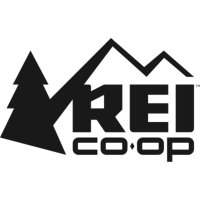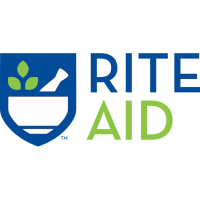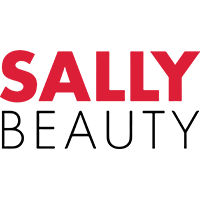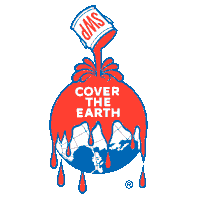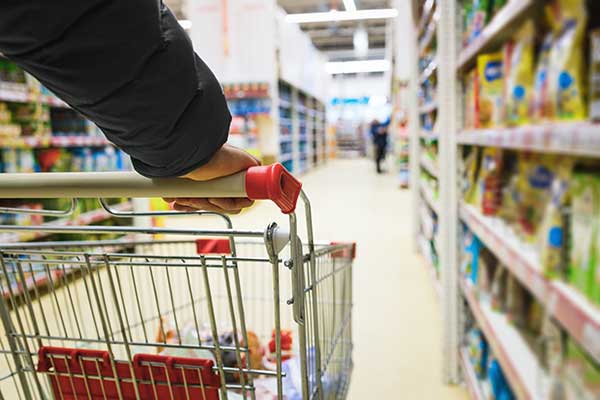Key Findings and Recommendations
- Corporate Commitment: Apple has a comprehensive safer chemicals policy that addresses both its products and manufacturing and includes an explicit preference for safer alternatives. Apple has collaborated on safer chemistry projects with various organizations including ChemFORWARD and the Clean Electronics Production Network and has supported implementation of the California Safer Consumer Products Program by co-chairing the Green Ribbon Science Panel since 2014.
- Transparency: Apple requires its suppliers to participate in its Full Material Disclosure program, where manufacturers report on material compositions through Apple’s secure data collection system. It aims to catalog and map each chemical in the materials used in its products. For iPhone, iPad, and Mac products released in 2023, the company collected detailed chemical information of 93 percent of each product by mass, on average. Additionally, in 2022, more than 1,000 Apple supplier facilities shared their chemical inventories through its Chemical Safety Disclosure program.
- Ban the Bad: Apple has restricted numerous chemicals and plastics of high concern in its products over the years, including PVC plastic, phthalates, and brominated flame retardants. Apple has set a goal to restrict PFAS by October 2025 and to remove plastics from packaging by 2025. In recent years, Apple has eliminated carcinogens, mutagens, reproductive toxicants, and other toxic chemicals from cleaners and degreasers used at supplier final assembly sites. The company has also begun to make progress replacing PFAS in certain new formulations of plastics, adhesives, and lubricants.
- Safer Solutions: Apple uses a definition of safer alternative that is consistent with Washington state and has integrated this criterion into its product design and development process to avoid regrettable substitution. In 2024, Apple provided seed funding for the Safer Chemistry Investment Fund, which aims to raise at least $15 million over the next five years to accelerate industry’s transition to safer chemistry. Apple has also contributed or sponsored chemical hazard assessments for the ChemFORWARD solvents and flame retardants databases, to help the electronics industry identify safer alternatives to toxic solvents and flame retardants.
2024 Detailed Analysis of Apple
Corporate Chemicals Policy
Adopted a safer chemicals policy
Oversight
Established management oversight
Chemical Footprint Project (CFP)
Participated in the CFP
Collaboration
Actively participates in collaborative process to promote safer chemicals
Public Policy Support
Supported governmental policies to reduce chemicals or plastics of high concern
Supply Chain Disclosure
Brands report use of chemicals or plastics in products or packaging to retailer
Supplier Accountability
Ensures supply chain accountability for chemicals or plastics restrictions
Consumer Disclosure
Brands disclose use of chemicals or plastics to consumers
Chemical Footprint Calculation
Publicly disclosed its chemical footprint
Restricted Substances List (RSL)/Manufacturing Restricted Substances List (MRSL)
Reduction/Elimination Goals
Chemicals and Plastics Reduction
Reduced or eliminated toxic chemicals or plastics of high concern
Safer alternative definition
Adopted a definition of safer alternative consistent with Washington state
Investment in Safer Solutions
Invested financial resources to advance and drive development of safer solutions
Implementation of Safer Solutions
Replaced chemicals or plastics of concern with safer solutions
Quantified Safer Products
Measured and disclosed progress towards safer products
How does Apple compare to its competitors?
Previous Grade History
NOTE: Our evaluation criteria changed in 2024. The scores from previous review years through 2021 are based on a different set of criteria measured.
Click or tap on a grade year to review additional details (where available).








